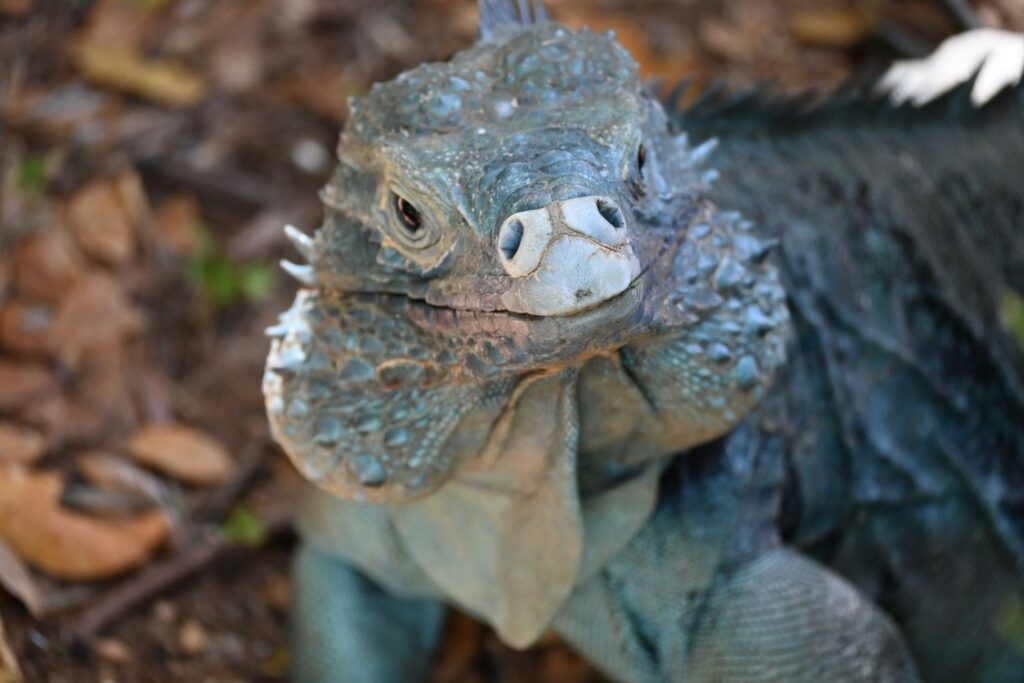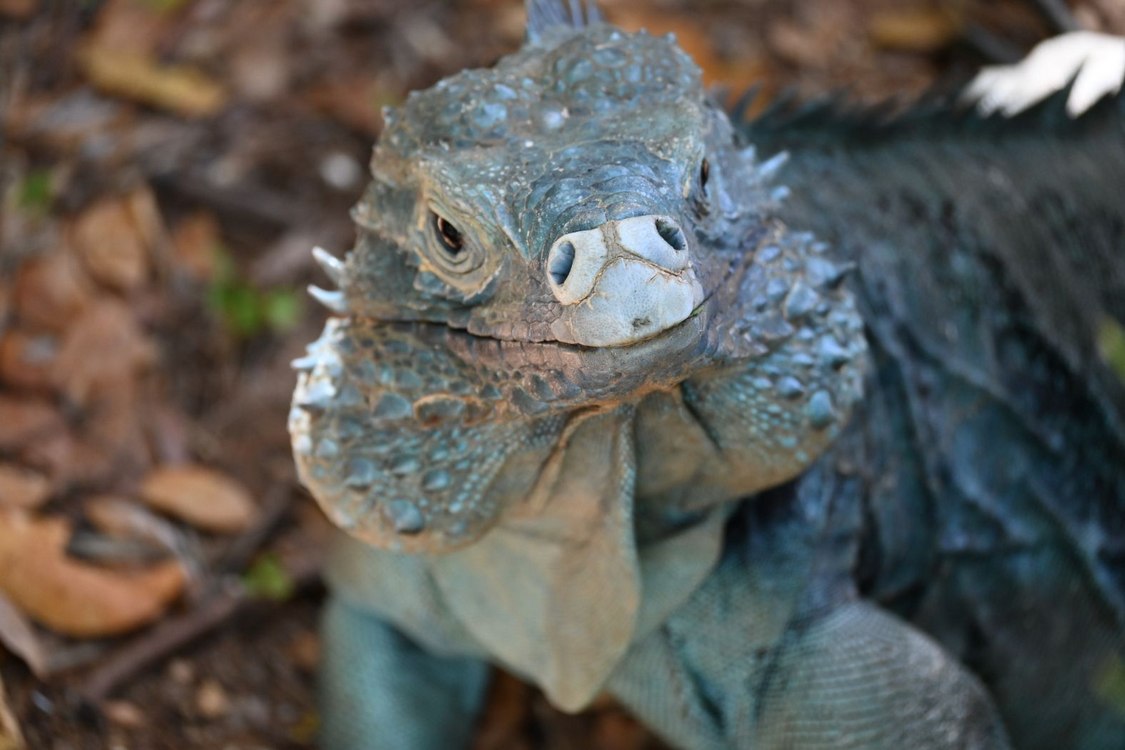 credit – supplied by Laura Butz, National Trust
credit – supplied by Laura Butz, National Trust
A Caribbean island’s beloved “blue dragons” have come roaring back from the brink thanks to diligent conservation efforts.
Green iguanas are the most common species of their kind, though they can sometimes turn red, and several other mottled shades of tan, brown, and grey.
That makes the blue iguanas of Grand Cayman in the Cayman Islands all the more special. Its chalky, Mar Caprese-blue scales are enchanting and made it a national symbol of Grand Cayman’s natural environment.
The largest island in the archipelago, Grand Cayman rose from the seas 2 million years ago, and these iguanas arrived on its rocky shores soon after. Like the dragons of Komodo, these blue dragons, as they’re affectionately called, eventually evolved to be the largest native land animal.
The blue coloration serves a purpose familiar in many animals. It flushes particularly vivid when the animals feel threatened, or in males during the breeding season. Melanophore cells in their skin can expand or contract to make them appear lighter or darker. A tranquil juvenile female may look almost khaki-colored, while a mature male in the breeding season is so vibrant one might imagine they could be seen from space.
They eat almost only vegetation, can grow more than three feet in length, and endear themselves to their human neighbors by displaying very familiar behaviors like yawning and sneezing.
ALSO CHECK OUT: Baby Galápagos Pink Iguanas Seen for the First Time Ever—Offering So Much Hope to Scientists
With the arrival of humans came the introduction of invasive species, like cats and dogs. Hardly as ferocious as their mythical namesake, this led to precipitous declines in their population, CNN reports, until a breeding program and habitat protections kicked in when there may have been as few as 25 left on the island.
Now, 1,200 lizards have been released into these protected wilds, and the International Union for the Conservation of Nature recently reclassified the animal from “Critically Endangered,” to “Endangered.”
OTHER LUCKY LIZARDS: Almost Extinct Caribbean Lizard Makes a Comeback After Island Restoration
“The public’s emotional connection played a big role in the success of the restoration efforts,” Frederic Burton, conservationist and director of the Blue Iguana Recovery Program, told CNN. “Blue iguanas are part of Cayman now.”
SHARE The Story Of These Beautiful Animals With Your Friends On Social Media…

